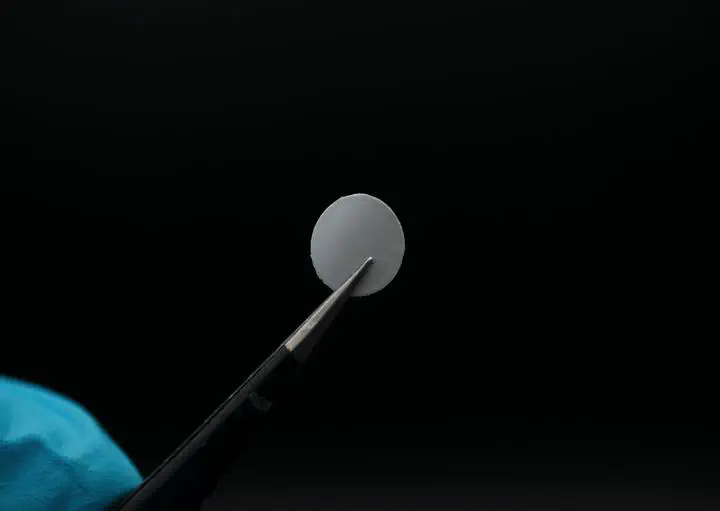Lewis Acid–Base Synergistically Enhancing Practical Composite Electrolyte for Fluoride-ion Batteries at Room Temperature
 Image credit: Unsplash
Image credit: UnsplashAbstract
Fluoride-ion batteries (FIBs) represent a potential “next-generation” electrochemical storage device, offering high energy density. However, the practical implementation of FIBs at room temperature is impeded by the limitations of currently available ceramic electrolytes. Here, a composite NH4HF2@PEO@β-PbSnF4 electrolyte with both high conductivity of 10−4 S cm−1 and wide electrochemical stability window (4.59 V vs Pb/PbF2) at room temperature is fabricated. Field emission transmission electron microscope (FETEM) demonstrates the presence of a space charge region, which enhances the conductivity. Furthermore, 19F NMR and density functional theory (DFT) calculations elucidate that the interaction between Sn2+ (Lewis acid) and HF2− (Lewis base) induces significant modifications to the electronic structure, which critically contribute to the enhanced electrochemical stability window of the composite electrolyte. Integrating this promising electrolyte with high-voltage CuF2 cathodes and Pb/PbF2 anodes, a reversible coin cell with a discharge capacity of 143 mAh g−1 up to 50 cycles is demonstrated. The rational design of such composite electrolytes offers a pathway toward the practical application of FIBs at room temperature.